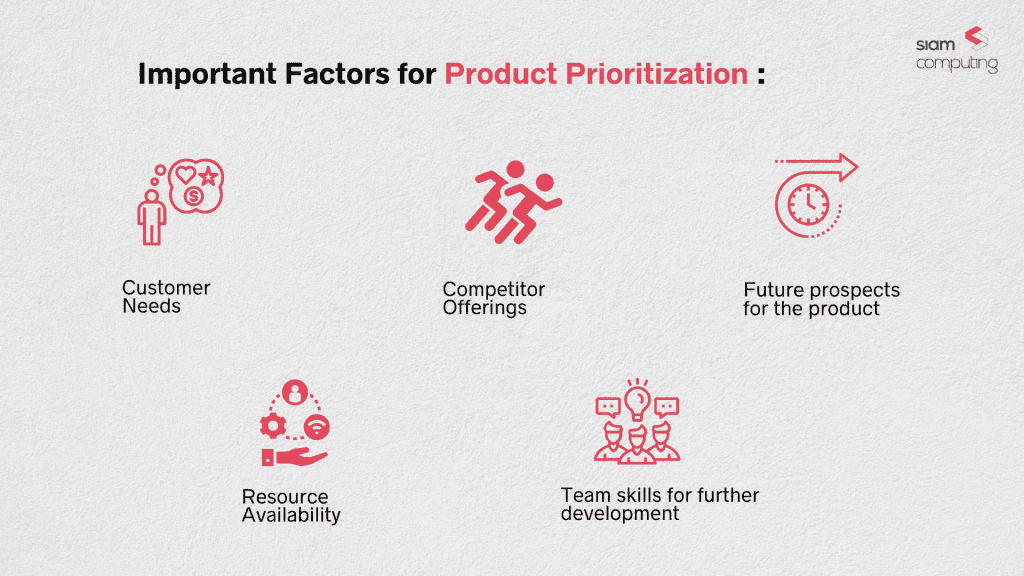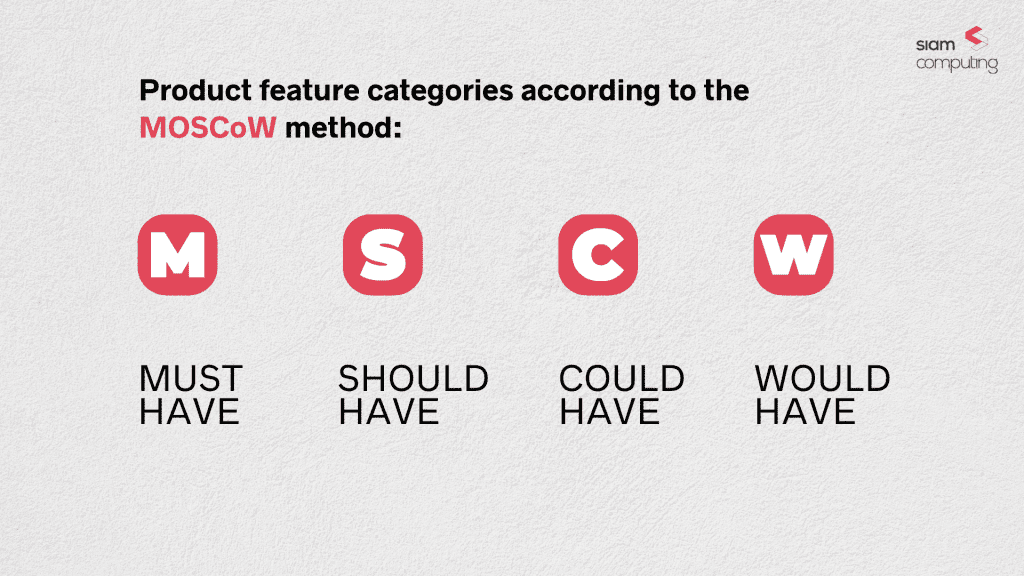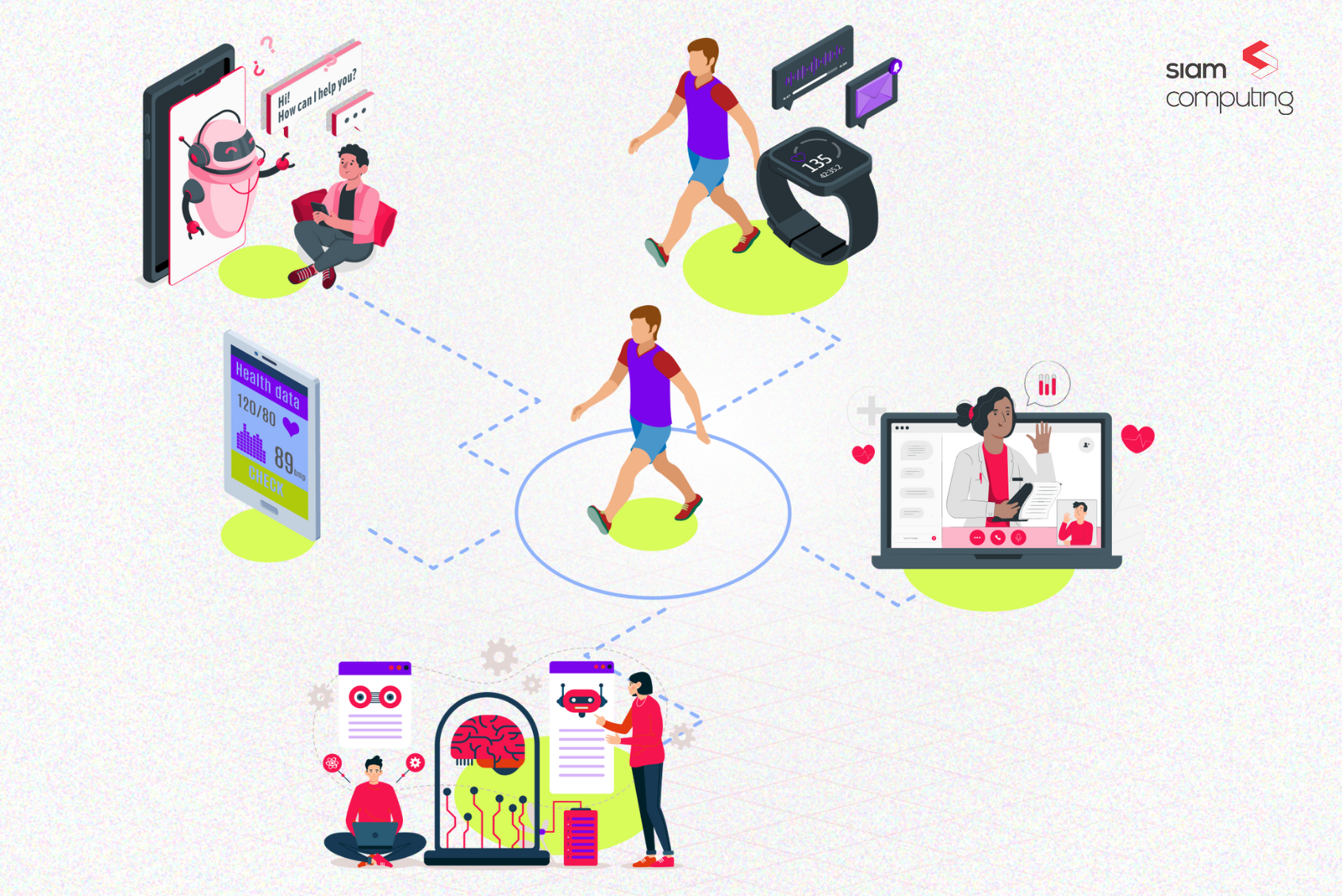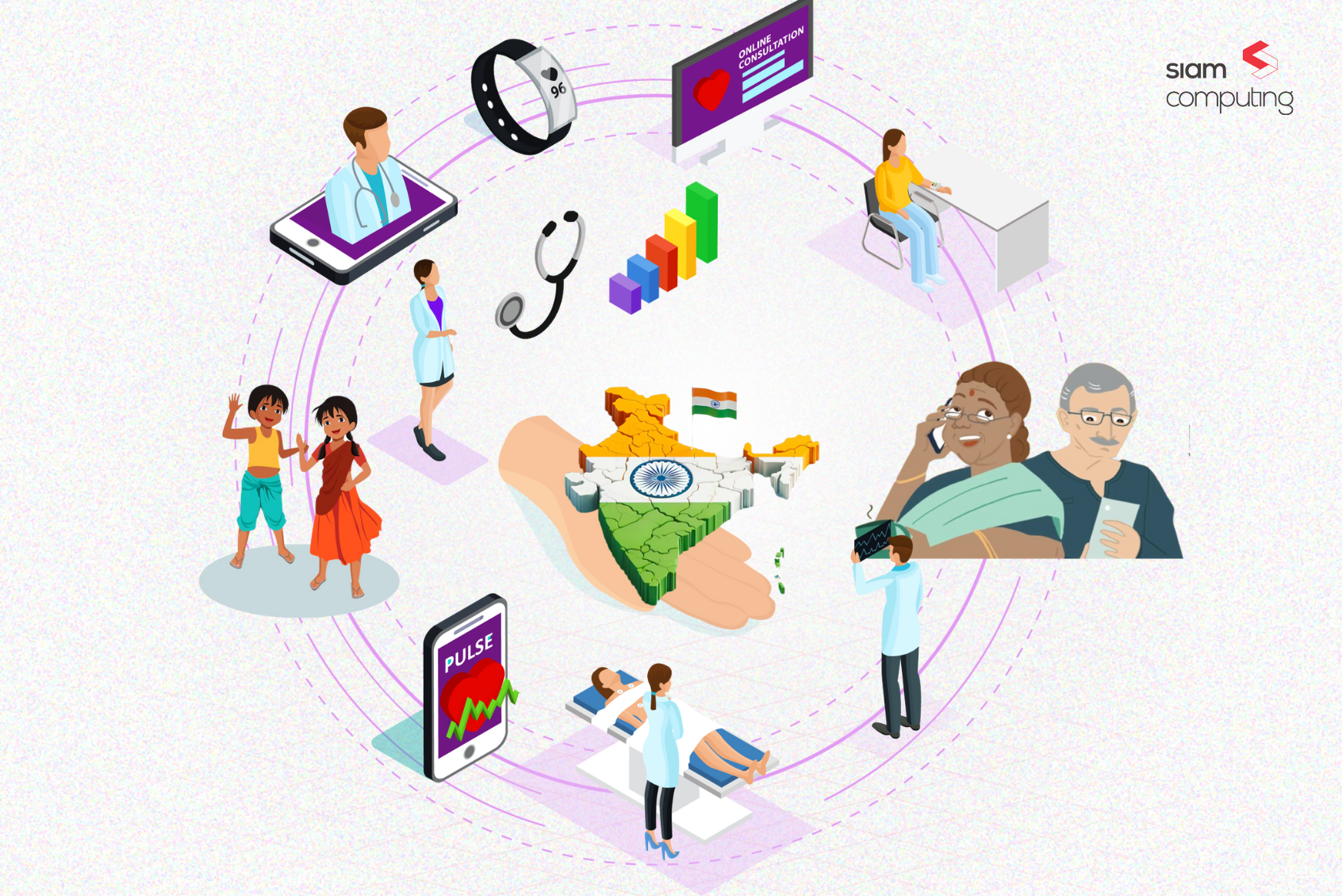Product development can be exciting, but it’s not an easy task as it involves many stages. While every product is unique, the core product development process doesn’t change, and we have to prioritize development based on needs and available resources.
To help you prioritize your product development, our blog:
- Helps you to understand the different stages in product development
- Explains why product prioritization is important
- Gives you three popular product prioritization models that leading companies employ during the development stage.
Let’s get started.
What Is Product Development?
Product development is a process where an idea is used to build a new product or bring changes to an existing one and make it accessible to the users. This is the stage where you want to check if those ideas are feasible, do the necessary discovery research to find signals, and validate your assumptions without risking too much.
Assuming you’ve done discovery research, and the road to developing the MVP has just begun, you may want to focus on expected, vital features, as well as features that might be more important to your investors if you’re not bootstrapping.
Goal: Develop your idea into a product and reach a level where it can be first introduced to the market.
Why is Product Prioritization Important During the Development Stage?
Product prioritization is crucial as it allows companies to focus on the aspects that hold importance and it also ensures that you efficiently use your resources to meet deadlines.
During the development stage, there’s a good chance that your team might have already piled up market research reports, but they still have a lot of assumptions. So, you want signals that cost-effectively support your decision.
While various factors need to be considered during product prioritization, the following are a few important aspects that you should look into:
What do your customers need?
It is important to consider the requirements of your potential customers and what problems they’d like solutions for.
What products are your competitors offering?
It is important to take what products your competitors are developing into account to analyze how you can distinguish yourself in the market.
What are the prospects for the product?
How do you plan to gain profits through this product? How is the product going to help your company achieve its goals?
How does your team want to take the project development process forward?
It is incredibly vital to consider the interests and skills of your team and look into the features and specifications they want to include in the product.
Are there enough resources available to build the product?
You must check whether your business has an accurate amount of resources required to build the product. You also need to see whether it will be practical to bring your idea to life.
Answering these questions will help you make better decisions and go ahead with the product development process more efficiently. But before you proceed, you must clearly understand what stage of product development you are in.
Different stages of product development
The process of product development involves five stages. In this section, we’re going to discuss each of these stages in detail:

Stage 1 – Coming up with an idea
It is important to begin the product development process with idea generation as the idea helps create a base for the other stages and helps make the right decisions during the complete process.
Stage 2 – Screening
Screening is the process where all the ideas generated by the business are analyzed to shortlist the viable ones. Companies often take opinions from their customers and employees to eliminate ideas that may be impractical. Towards the end of this stage, the business is left with a few feasible ideas out of the list of many.
Stage 3 – Developing the concept
The concept allows businesses to validate the feasibility of new ideas. The main goal is to test the general assumptions inherent in the idea and verify that it can be executed from a technical point of view. The concept can take the form of a working part of the final product, developed with specific technology, to prove that it can solve a particular business problem.
Stage 4 – Developing the product
This stage involves the design and development of the new product. To begin with, businesses develop a prototype for market testing and the results allow the business to understand whether large-scale production of the product should be done or not.
Stage 5 – Product launch & promotion
The final stage involves large-scale production of the product and its official launch in the market. The business also gets started with product promotion and market research is taken into consideration while deciding the timing as well as the location of the product launch.
Choosing A Prioritization Model
Once you correctly identify what stage of product development you are in right now, the natural next step is to understand the different product prioritization models and figure out which model best fits your requirements based on your development stage.
Different Types of Prioritization Models
- The Kano Model
- Ian McAllister Framework
- KJ Method
- Speed Boat
- Opportunity Scoring
- Quality Function Deployment
- Lean prioritization (2×2 matrix)
- Relative Weighting
- Weighted scorecard
- Theme screening
- And more…
As you can see there are numerous prioritization models and frameworks to choose from, but we have listed the top three used by the leading product companies across the globe.
Popular Prioritization Models We Recommend During the Development Stage
The following are the popular prioritization methods adopted by top companies:
-
RICE
RICE is a prioritization model that allows the team involved in the product development process to work towards those initiatives that are directly going to impact their goals. The point of this system is to measure every initiative or feature against RICE — reach, impact, confidence, and effort.

2. Story Mapping
Story mapping is a well-known product prioritization method that is known for its simplicity. It focuses on customer value to prioritize features early on.
The process of story mapping involves the creation of a series of sequential categories that stand for every stage of the customer journey in terms of your product. Doing so will allow your team to look into how the product will be perceived by your customers from start to end.
After creating the categories, they are then placed according to the importance they hold. This step ensures that you know what features you have to work on first and give the utmost priority to them.
Sometimes, a few features present at the bottom of the list are termed as backlog items for the team for the tasks they might want to put on hold.
3. The MoSCoW method
It’s the simplest internal method for small products. It allows the business to understand what is important in the eyes of its customers and stakeholders by dividing the features into four different buckets or categories. The word MoSCoW stands for the categories namely:
- Must-Have
- Should-Have
- Could-Have
- Won’t-Have
Must-Have
This category includes the features that are required to ensure the product’s basic functionality. These are the essential features that cannot be neglected. The product launch becomes impossible without any of these features, making it a highly important and time-sensitive category.
Should-Have
This bucket includes the features that hold importance and should be in the product, but they don’t come with time sensitivity. An example of this would be, “users should have the liberty to log in through their email address or mobile number.”
Could-Have
Could-Have included all the features that aren’t essential. These are extra features that will enhance the usability of the product but the product’s quality won’t be affected without them.
Won’t-Have
Lastly, this bucket includes all those features or requirements with the least importance. The team usually considers these features during future launches of the product.
All in all, this dynamic prioritization model makes way for evolving priorities. Thus, a feature that may be placed under Won’t-Have, may make its way into the Must-Have bucket in the future.

Wrapping Up
Successful product development involves effective and efficient product management. And effective product management is possible with product prioritization. We hope this blog has helped you understand the importance of product prioritization and why it takes place.
Which model do you think is the best for your business? Unable to figure it out? Siam Computing has a team of experienced and skilled professionals who will help you through the product prioritization process in the best possible ways. Contact our team right away!








